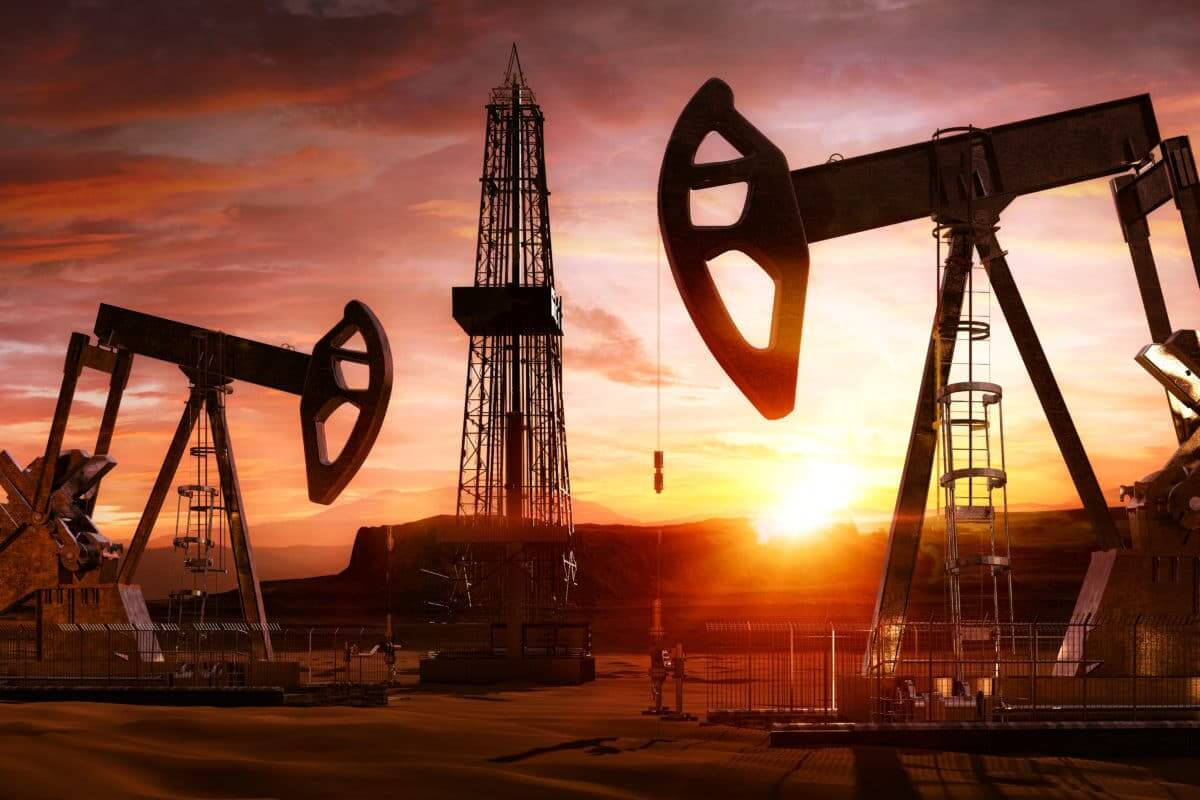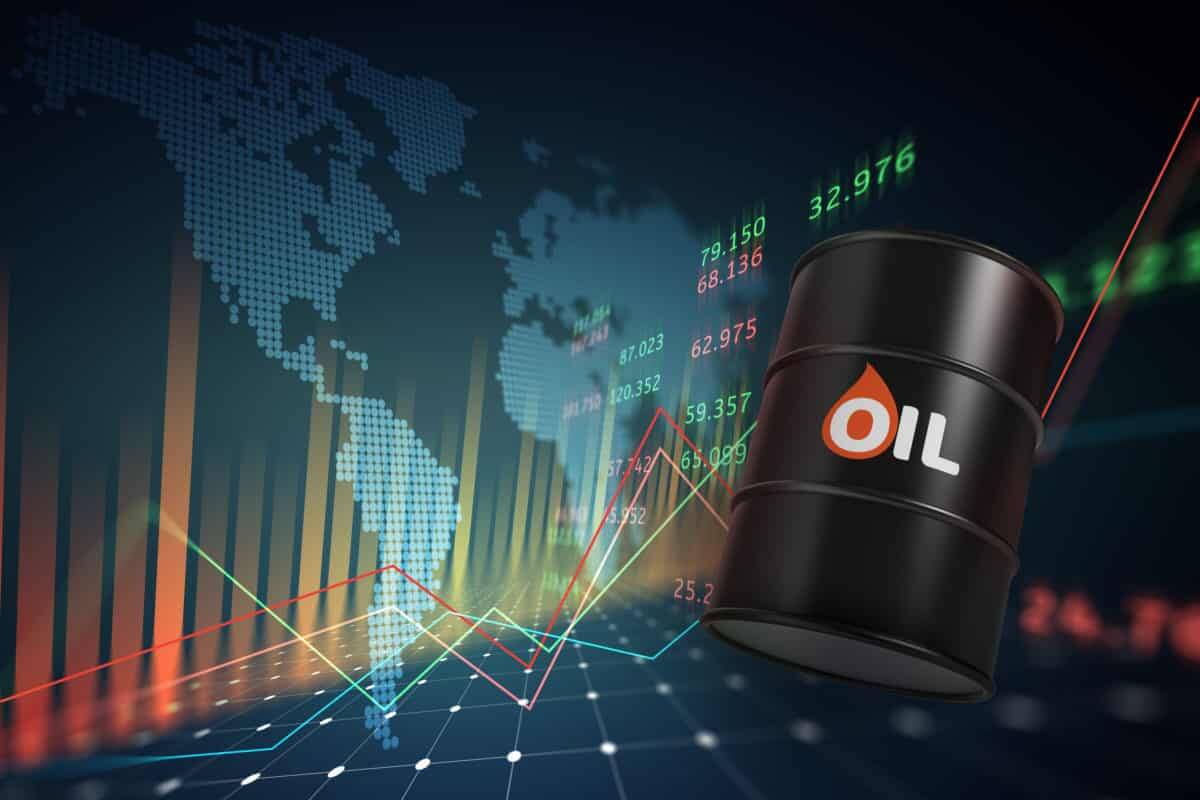
Crude Oil and Natural Gas Markets
Global hydrocarbon markets continue to be influenced by headlines from the Russia/Ukraine conflict and the resulting European gas constraint. Still, other variables are increasingly affecting near-term and long-term crude oil and natural gas price predictions.
Recessionary fears in the United States and Europe, ongoing COVID interruptions affecting Chinese demand, and Russian barrels entering the market have all contributed to negative concerns in the oil market.
Immediate oil prices have fallen below $100 in recent months. Analysts continue to observe forward supply shortages in global markets, with significant demand destruction likely still required. The European gas shortfall continues to dominate global natural gas markets. On an energy-content basis, waterborne liquefied natural gas (LNG) remains the most expensive hydrocarbon. Natural gas in the United States remains the lowest-cost hydrocarbon, resulting in major worldwide price arbitrage.
US upstream gas producers cannot capitalize on this disparity today. It is driving a record rate of LNG export contract signings, which should sustain future US natural gas demand. Long-term gas price estimates in the United States have risen in recent months and are presently in the $5-6 area.

Who Will Lead the Global Gas and Oil Markets
Last week, the Russian and Chinese hydrocarbons giant Gazprom and CNPC agreed to switch payments for gas supplies to rubles and renminbi rather than dollars. Hence, the long-touted prospect of the end of the dollar’s dominance in global oil and gas markets took another step forward.
China sees the renminbi in the global currency space as a reflection of its economic and geopolitical importance in the global arena. An early sign of China’s desire for the RMB was clear at the G20 conference in London in April 2010, when Zhou Xiaochuan, the PBOC’s then-governor, raised the notion that the Chinese sought a new global reserve currency to replace the US dollar eventually. Russia has long maintained the same perspective on the benefits of reducing the US dollar’s hegemony in global hydrocarbon pricing. However, China was afraid to openly oppose the US during the height of its Trade War under the extremely unpredictable former US. It could do little on its own, according to President Donald Trump.
OPEC Sticks to Oil Demand Growth View
OPEC maintained its projection for solid global oil demand growth in 2022 and 2023. This indicated that major economies are performing better than projected despite rising prices.
Oil consumption will rise by 3.1M barrels per day (BPD) in 2022 and 2.7M BPD in 2023, according to a monthly report from the Organization of Petroleum Exporting Countries (OPEC).
Oil consumption has recovered from the pandemic’s lows, while high costs and Chinese coronavirus outbreaks have reduced 2022 predictions. According to OPEC, the downgrades have delayed a return in oil consumption above 2019 levels until 2023.
Oil consumption will likely receive a boost in 2023. Hence, OPEC maintained its global economic growth forecast for 2022 and 2023 at 3.2%. The study highlighted evidence of activity holding up, such as retail expenditure in the United States and the Eurozone, while emphasizing the possibility of upside risks. However, OPEC+ has failed to meet its expected output increases in recent months due to underinvestment in oilfields by some OPEC members and reductions in Russian supply.
According to OPEC’s monthly report, OPEC output increased by 618,010 BPD in August to 29.64M BPD. The rise was due to Libyan supply returning from outages.




